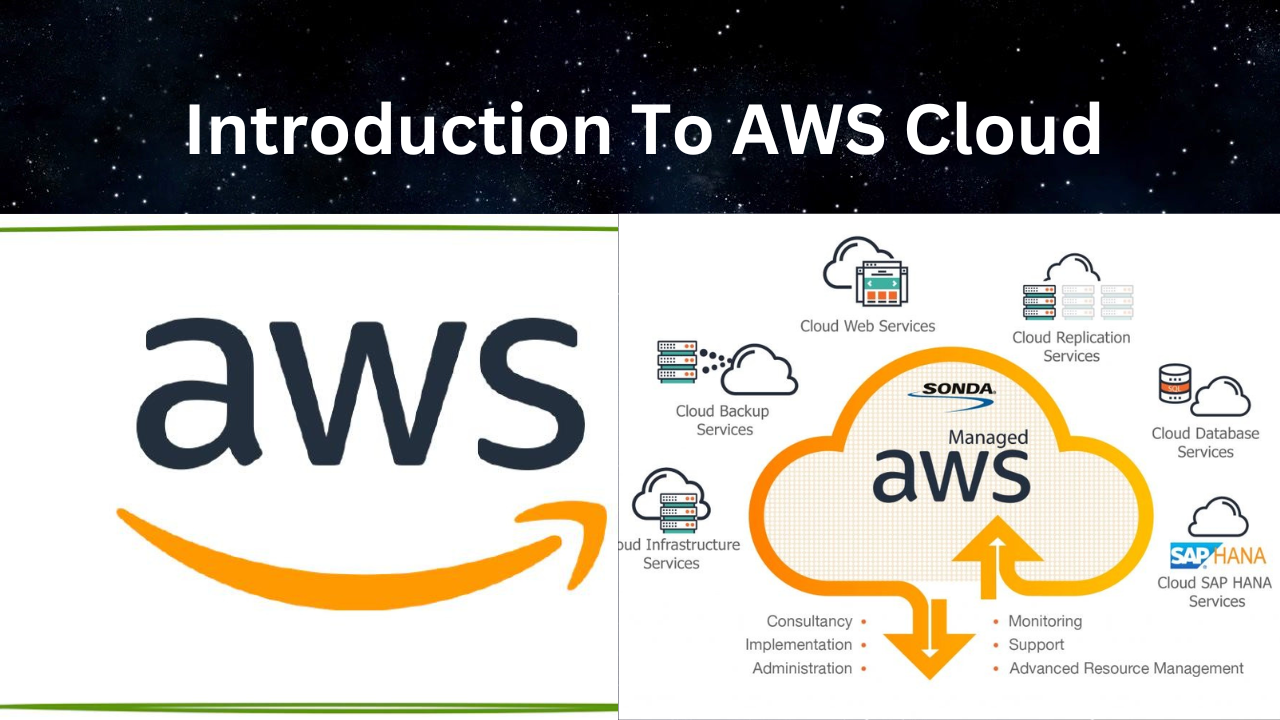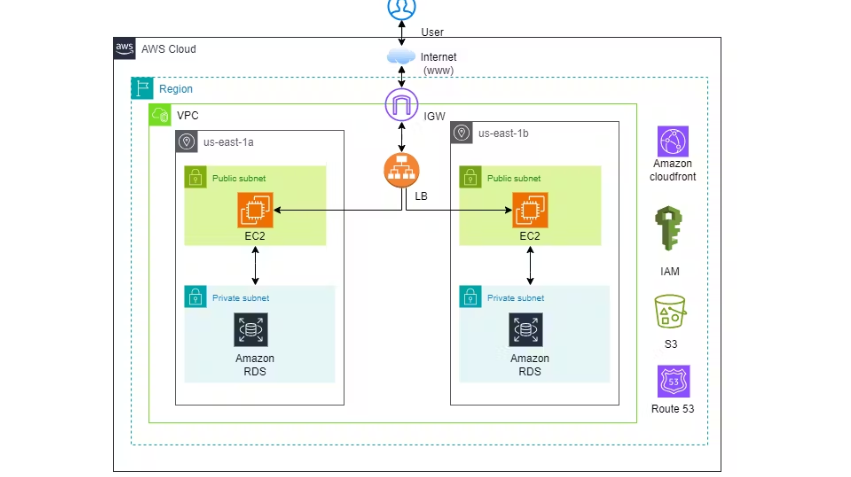🌠Introduction To AWS Cloud 🌠
 priyadarshi ranjan
priyadarshi ranjan
😲 Why Choose AWS Cloud?
Leading the Market: AWS is a giant in the cloud computing industry, holding a large market share. Learning AWS gives you skills that are highly valued in today’s job market.
Wide Range of Services: AWS offers a vast selection of cloud services, from databases and machine learning to storage and computing power. By mastering AWS, you can handle various aspects of cloud computing.
Global Reach: AWS has data centers around the world, allowing businesses to deploy their apps closer to users, improving speed and reducing delay.
Flexibility and Scalability: AWS resources can easily scale up or down based on demand. This is crucial for anyone looking to build and manage scalable systems in the cloud.
Cost-Effective Solutions: With AWS’s pay-as-you-go model, businesses only pay for what they use, helping them optimize costs effectively.
🚀 Scope of Learning AWS
High Industry Demand: AWS skills are in high demand globally, leading to plenty of job opportunities.
Global Recognition: AWS is recognized worldwide, and with its widespread data centers, companies can launch applications anywhere.
Cost-Effective Options: AWS provides cost-efficient, pay-as-you-go services, helping businesses optimize their expenses.
Continuous Innovation: AWS regularly updates its services and features, keeping pace with the latest technological trends.
Active Community Support: The AWS community is vibrant and helpful, offering networking, support, and knowledge sharing.
Flexibility and Scalability: AWS allows businesses to adjust resources based on needs, ensuring peak performance.
Career Versatility: Learning AWS opens doors to various career paths within the IT industry.
🌠 AWS Architecture Overview
We will explore AWS architecture through a practical lens.

🌠 Key Components of AWS

Regions: AWS has multiple data centers worldwide, organized into regions, each containing several Availability Zones (AZs).
Virtual Private Cloud (VPC): A virtual network where you can launch AWS services in an isolated environment.
Availability Zones (AZ): These are data centers within a region that ensure high availability and fault tolerance.
Subnet: A range of IP addresses in your VPC where you can deploy resources like EC2 instances.
Internet Gateway (IGW): A gateway that allows communication between your VPC instances and the internet.
Elastic Compute Cloud (EC2): Provides resizable computing power in the cloud, enabling you to run applications on virtual servers.
Load Balancer: Distributes incoming traffic across multiple targets, like EC2 instances, to ensure no single instance is overloaded.
Identity and Access Management (IAM): Manages user permissions and controls access to AWS resources securely.
CloudFront: A content delivery network (CDN) that delivers content to users globally with low latency.
Route 53: A scalable DNS service that translates domain names into IP addresses to route traffic to the right servers.
🌠 AWS Architecture Explained
Let’s break down how AWS works with a simple example:
Imagine you’re running an online store. A customer visits your website by entering the URL. The request first passes through the VPC for network isolation, ensuring that the data stays secure. The request then goes to a specific Availability Zone (AZ) within the VPC for high availability.
Within the AZ, there are two types of subnets:
Public Subnet: Handles things like the website and applications.
Private Subnet: Manages databases and sensitive information.
The request first goes through the Internet Gateway (IGW) to access the internet. Then, it’s processed by a Load Balancer (LB), which spreads the load across several EC2 instances. This ensures your site runs smoothly even if traffic spikes.
If the customer adds an item to their cart, the request might interact with your database, which resides in the Private Subnet using RDS (Relational Database Service).
Global services like IAM, CloudFront, Route 53, and S3 ensure secure access, fast content delivery, domain name resolution, and reliable data storage.
Conclusion
AWS provides a powerful and flexible platform that can scale with your needs, whether you’re running a small blog or a large enterprise application. Understanding AWS architecture and its key components allows you to build secure, efficient, and scalable cloud solutions.
Enjoyed the blog? If yes, please like ❤, comment 💬, and share 📢 it with your friends and colleagues!
Connect and Follow Me on Socials
Subscribe to my newsletter
Read articles from priyadarshi ranjan directly inside your inbox. Subscribe to the newsletter, and don't miss out.
Written by

priyadarshi ranjan
priyadarshi ranjan
Greetings! 👋 I'm Priyadarshi Ranjan, a dedicated DevOps Engineer embarking on an enriching journey. Join me as I delve into the dynamic realms of cloud computing and DevOps through insightful blogs and updates. 🛠️ My focus? Harnessing AWS services, optimizing CI/CD pipelines, and mastering infrastructure as code. Whether you're peers, interns, or curious learners, let's thrive together in the vibrant DevOps ecosystem. 🌐 Connect with me for engaging discussions, shared insights, and mutual growth opportunities. Let's embrace the learning curve and excel in the dynamic realm of AWS and DevOps technology!